Ship named for Winnipeg rescued refugees from two wars
The SS Winnipeg was built in 1918 at Dunkirk
Advertisement
Read this article for free:
or
Already have an account? Log in here »
To continue reading, please subscribe:
Monthly Digital Subscription
$0 for the first 4 weeks*
- Enjoy unlimited reading on winnipegfreepress.com
- Read the E-Edition, our digital replica newspaper
- Access News Break, our award-winning app
- Play interactive puzzles
*No charge for 4 weeks then price increases to the regular rate of $19.00 plus GST every four weeks. Offer available to new and qualified returning subscribers only. Cancel any time.
Monthly Digital Subscription
$4.75/week*
- Enjoy unlimited reading on winnipegfreepress.com
- Read the E-Edition, our digital replica newspaper
- Access News Break, our award-winning app
- Play interactive puzzles
*Billed as $19 plus GST every four weeks. Cancel any time.
To continue reading, please subscribe:
Add Free Press access to your Brandon Sun subscription for only an additional
$1 for the first 4 weeks*
*Your next subscription payment will increase by $1.00 and you will be charged $16.99 plus GST for four weeks. After four weeks, your payment will increase to $23.99 plus GST every four weeks.
Read unlimited articles for free today:
or
Already have an account? Log in here »
Hey there, time traveller!
This article was published 30/10/2016 (3319 days ago), so information in it may no longer be current.
The passenger liner SS Winnipeg spent most of her nautical life ferrying passengers through the Panama Canal and along the Pacific Coast of North and South America. Her final years, though, were marked by war, shuttling refugees to safety until a German U-boat sank her 74 years ago.
The 144-metre-long, 9,800-tonne ship was built in 1918 at Dunkirk, France as the SS Jacques Cartier for Compagnie Générale Transatlantique, known as the French Line in most of the English-speaking world. Created as a cargo line in the 1860s, the company put its efforts into the passenger industry after the First World War and become one of the largest cruise lines in the world.
Until 1929, the SS Jacques Cartier mostly sailed from Le Havre, France to New York, but in early 1930, the company announced she would become the flagship of a new Pacific coast service that would take her from Le Havre through the Panama Canal with stops at Cristobal, La Libertad, San Jose, Los Angeles, San Francisco, Portland, Seattle and Vancouver.
‘Winnipeg citizens are deeply moved that the city has been honoured in such a special way by the great French steamship line’ –mayor Ralph Webb on the christening of the S.S. Winnipeg
In February 1930, officials from the company’s Paris, New York and Montreal offices stopped in Winnipeg en route to Seattle, where the new service would be inaugurated that summer. While here, they met with political leaders, board of trade members and the archbishops of St. Boniface and Winnipeg.
Three months later, the company announced the flagship Jacques Cartier would be rechristened the SS Winnipeg and Winnipeg mayor Ralph Webb would be her honorary captain.
Why Winnipeg?
It may seem an odd choice of name for a French cruise line, though the SS Winnipeg’s sister ships on the Pacific route would include the Wyoming, Wisconsin and Washington. The company was obviously going through a “W” phase.
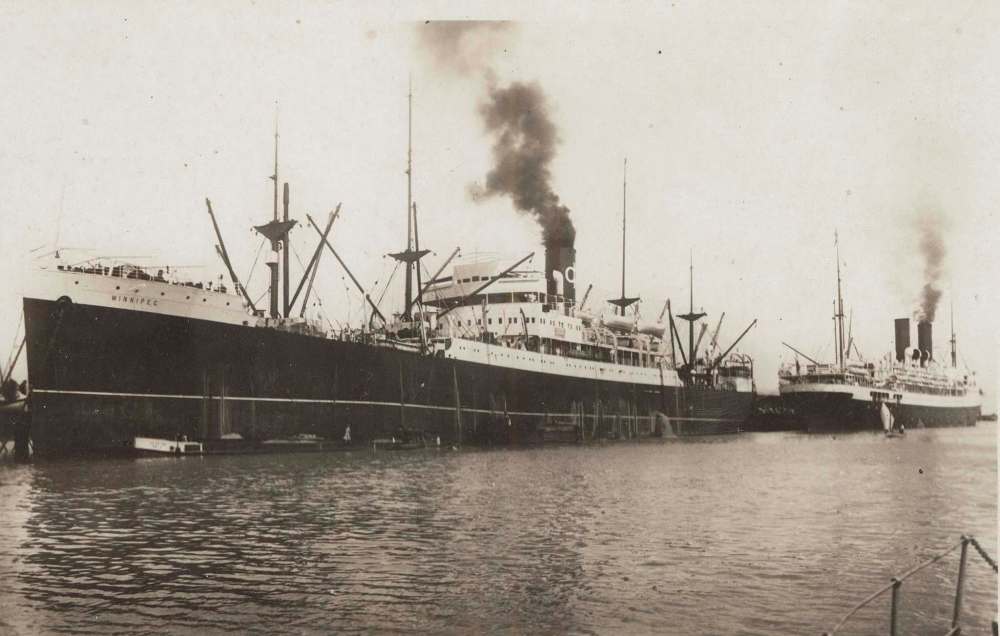
A contributing factor may have been their meeting with Webb.
If any Winnipeg mayor deserved to be the honorary captain of a prominent French steamship, it was Webb. He was born at sea aboard a passenger ship between Britain and India and worked on ships as a young man.
Webb was also a lieutenant-colonel and commander of the 47th Battalion during the First World War. He lost a leg in battle, but after just six months in a British hospital and fitted with a prosthetic leg, he was back in France leading his men. He earned the Military Cross, the Distinguished Service Order and the French government’s Croix de Guerre for his service.
In late May 1930, a party of 25 locals, including the premier, mayor, prominent businessmen and journalists set off to Seattle to be part of the rechristening ceremony.
Premier John Bracken referred to the trip as a “goodwill tour,” during which the group attended civic receptions in western cities and more extensive meetings about trade in Vancouver and Seattle. They also took the opportunity to lobby company officials to be a partner in the soon-to-be-created Port of Churchill.
On June 7, 1930, the Jacques Cartier became the SS Winnipeg. At the ceremony, Webb presented the captain, Honoré Cocheril, with a silver-and-oak plaque with the city’s coat of arms and the French tricolour that would fly from her mast.
Pablo Neruda and the SS Winnipeg
Webb then addressed the assembled crowd of about 500 people, speaking of new trade opportunities the route offered and the shared French-English culture of Canada. He thanked the company for the renaming, stating: “Winnipeg citizens are deeply moved that the city has been honoured in such a special way by the great French steamship line.”
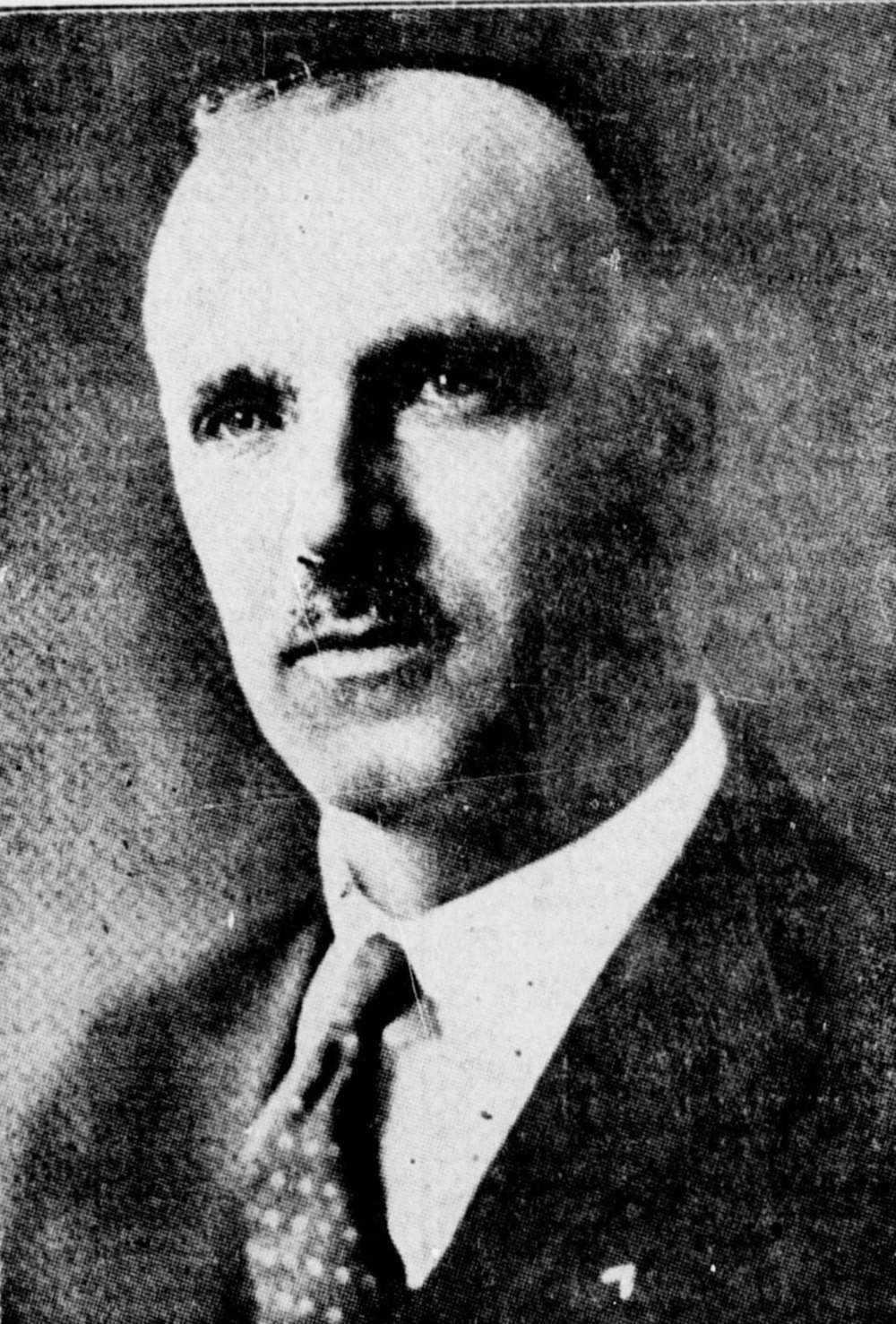
Soon after, the ship set sail and had a relatively uneventful nine years of service until 1939, when she began the first of her mercy missions.
Pablo Neruda was a well-known Chilean poet and future recipient of the Nobel Prize in literature who entered his country’s diplomatic corps in 1927.
By 1938, he was appointed special consul for Spanish immigration in Paris, tasked with helping to resettle some of the hundreds of thousands of Republican refugees who had fled Spain during the Spanish Civil War. Many were living in squalid conditions in camps along the French-Spanish border.
One of his solutions was to charter the SS Winnipeg to take 2,200 refugees to Chile. It departed France Aug. 4, 1939 and arrived at Valparaíso, Chile Sept. 3.
He later wrote: “There were fishermen, peasants, labourers, intellectuals, a cross-section of strength, heroism and hard work. My poetry in its struggle had succeeded in finding them a country. And I was filled with pride.”
The voyage remains a much-celebrated event in Chilean history.
A new owner, new name
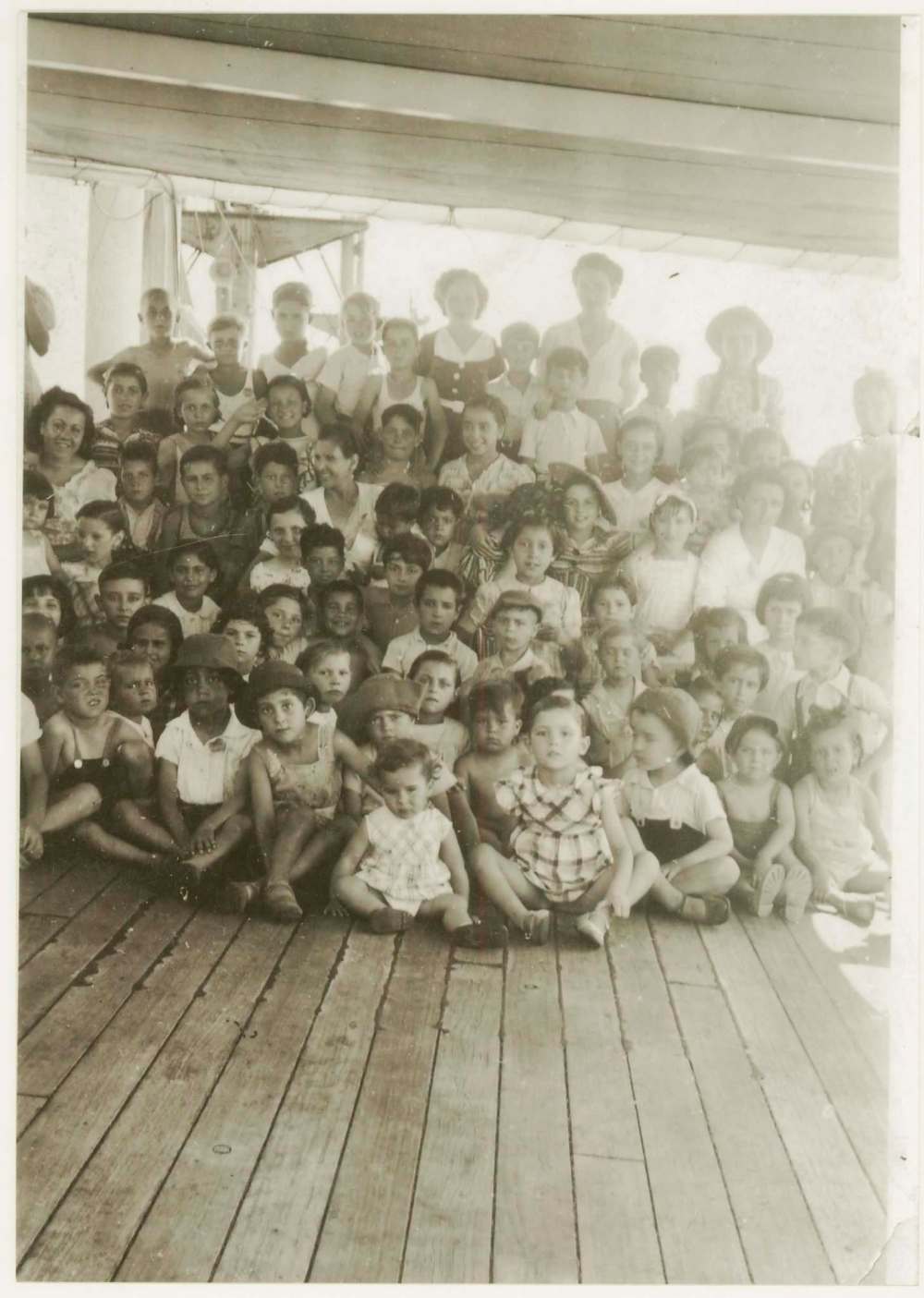
After France was invaded by Germany, the SS Winnipeg flew the flag of Vichy France. On May 26, 1941, she and her 750 passengers were captured by the Dutch warship Van Kinsbergen while en route from Casablanca to Guadeloupe. She was escorted to Port of Spain, Trinidad and seized by the British Ministry of War.
The ship was then sold to Canadian Pacific Steamships Lines of Montreal, and with her new ownership came a new name: the SS Winnipeg II.
The SS Winnipeg II took part in five successful transatlantic wartime convoys starting in February 1942, mostly from Liverpool to Halifax, carrying cargo, soldiers and refugees from Europe.
On Oct. 16, 1942, she departed Liverpool for the last time as part of a large convoy destined for St. John, N.B., and New York City, but danger was lurking in the mid-Atlantic.
German U-boat 443, under the command of Konstantin von Puttkamer, had been tracking the convoy, and shortly before dinnertime Oct. 22, 1942, it fired two torpedoes. One struck the SS Winnipeg II, which sank immediately, and the other glanced the tanker SS Dorax, which hung on for another week before going under.
Another ship in the convoy, the HMCS Morden, went to the SS Winnipeg II’s rescue. Initially, there were tense moments, as some infants had to be tossed down into lifeboats, but in the end, all 192 passengers and crew, including 60 women and children, were saved.
In case you’re wondering, the Morden was, indeed, named after the Manitoba community, something not lost on one Winnipeg Tribune reporter, who wrote: “In the past, there may have been bickerings between ‘city’ and ‘country,’ but in adversity, urban and rural Manitobans stick together.”
Those involved in the rescue spoke nonchalantly about the event. Robert Ingham, a crew member of the Morden, said, “It all went off quietly, like ordinarily times.”
All passengers saved after sinking
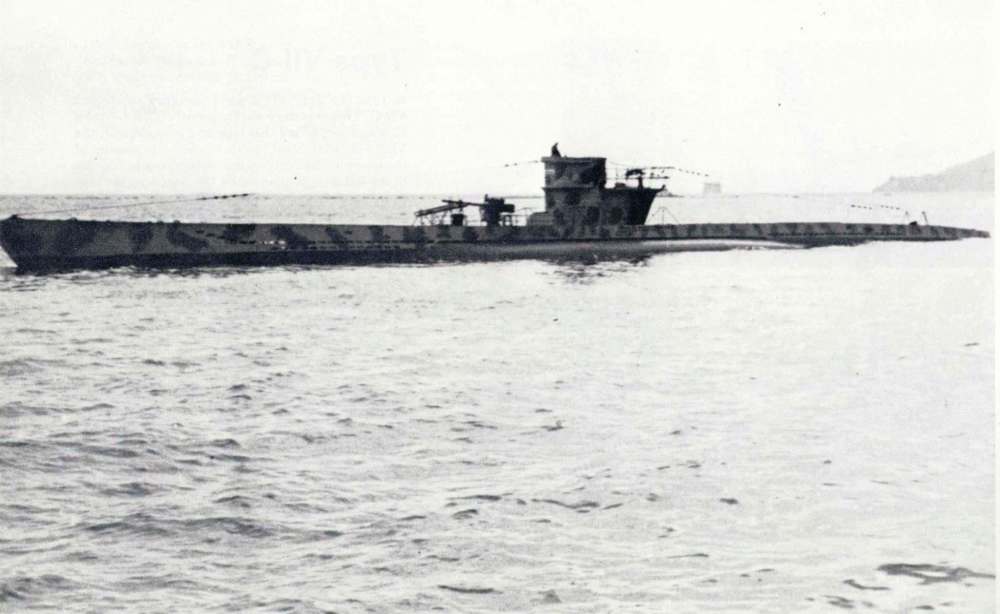
A pair of elderly British ladies, Elizabeth Jacobs, 68, and Mrs. F. Harper, 70, were interviewed a few weeks later when passing through Winnipeg. Jacobs joked the worst part of the sinking was missing the turkey dinner scheduled to be served up just moments after the strike. Both agreed that after four days in the cramped corvette in dirty clothes, the hospital they were taken to after reaching port was “like heaven.”
U-443 and von Puttkamer met their demise Feb. 23, 1943, when three Royal Navy ships tracked the submarine down in the Mediterranean and sank her in a depth-charge attack.
The SS Winnipeg II, with her oak-and-silver Winnipeg coat of arms, still rests at the bottom of the Atlantic, but there was a resurrection of sorts. After the war, Compagnie Générale Transatlantique decided to rebuild a number of its lost ships. There was a new Washington, Wyoming and, in 1950, a similar-sized Winnipeg, though this version was primarily a cargo ship.
The new SS Winnipeg was sold to a Greek company in 1976 and renamed the Lambrose L. It appears she was broken up for scrap in 1983.
Christian Cassidy writes about local history on his blog, West End Dumplings.
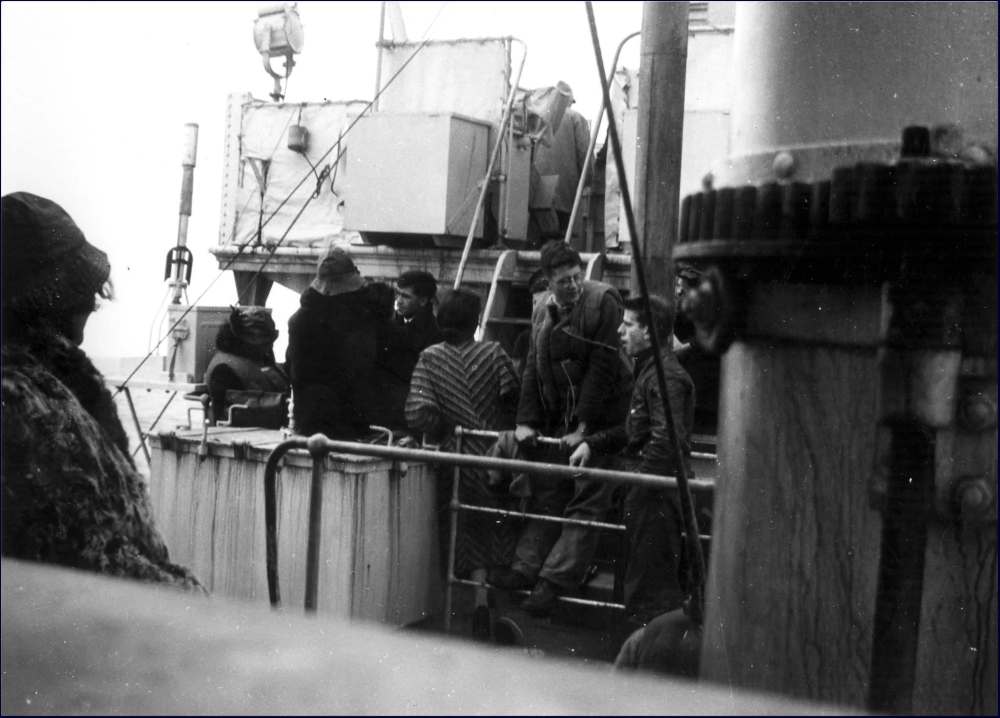
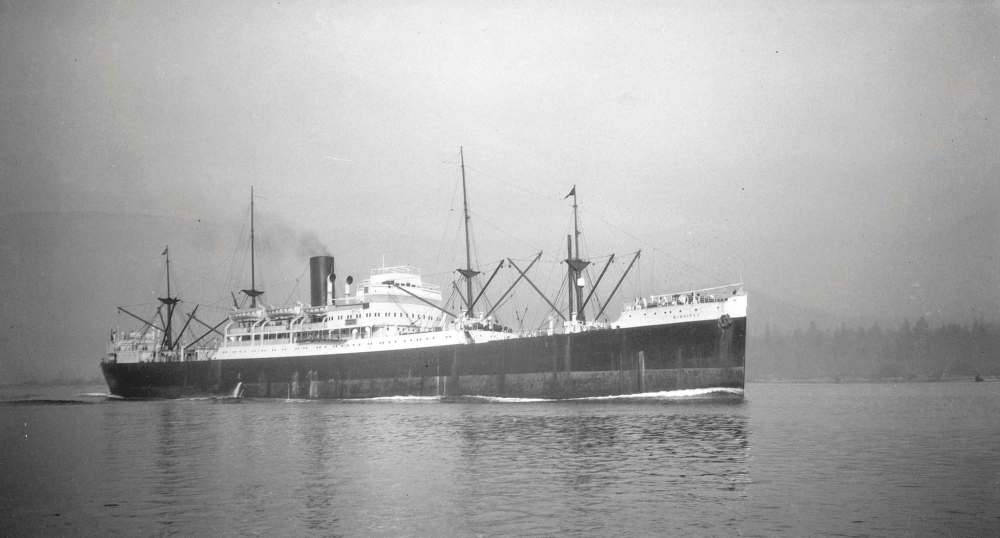

Our newsroom depends on a growing audience of readers to power our journalism. If you are not a paid reader, please consider becoming a subscriber.
Our newsroom depends on its audience of readers to power our journalism. Thank you for your support.
History
Updated on Tuesday, November 1, 2016 2:41 PM CDT: Corrects date.

